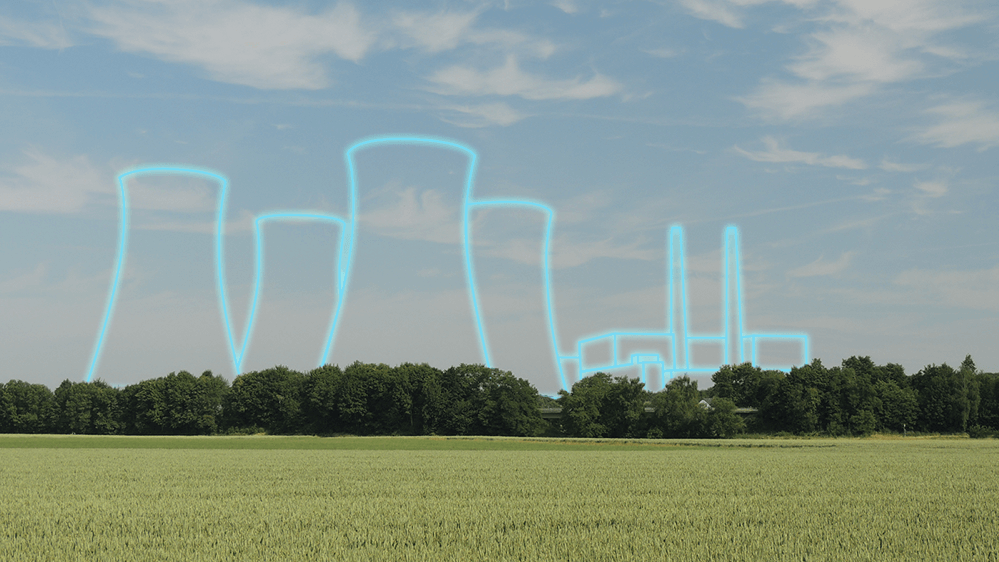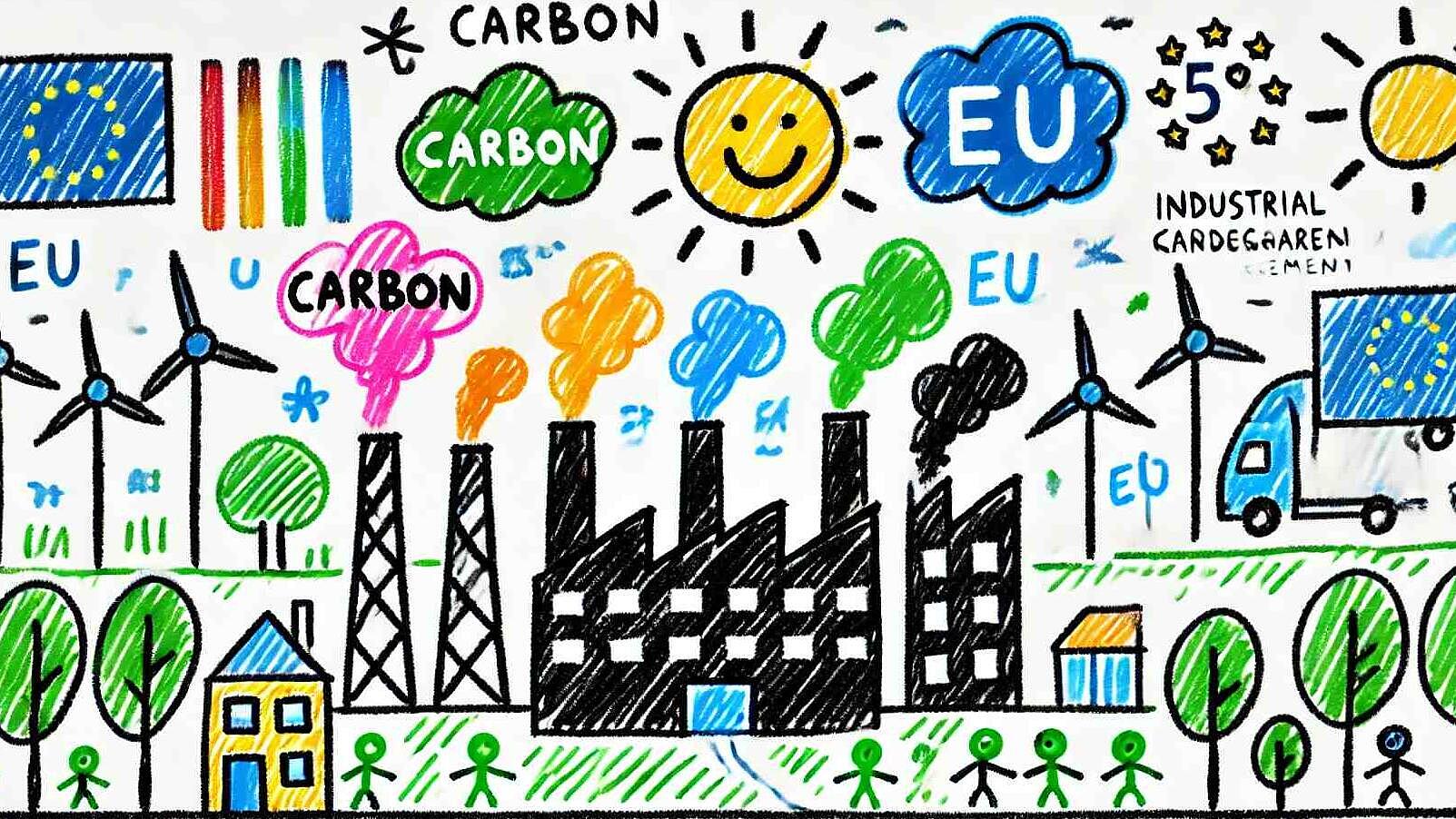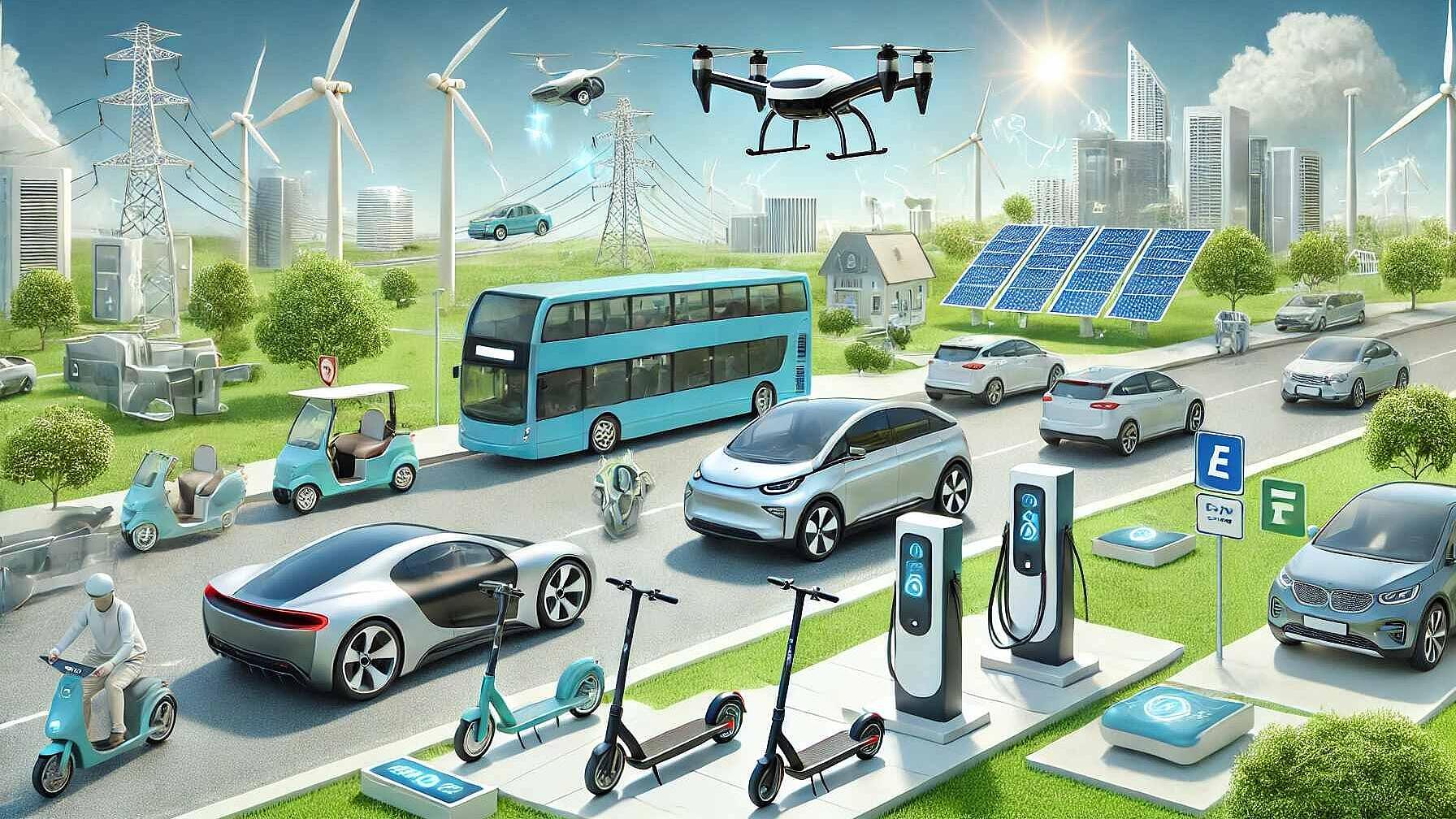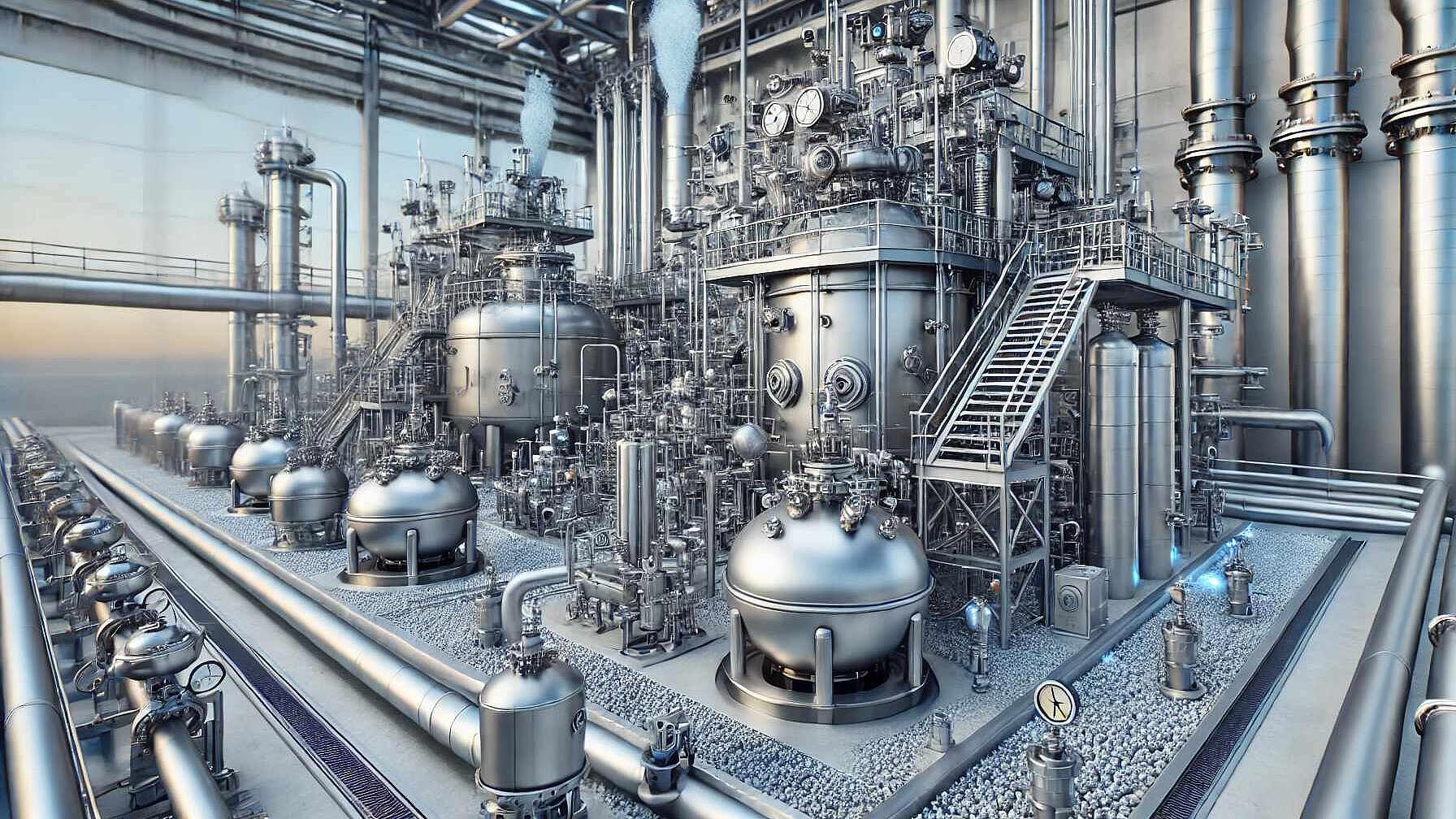 Search Result
Search Result5 Strategies that achieve climate mitigation and adaptation simultaneously
Climate actions have often fallen into one of two strategies: mitigation efforts to lower or remove greenhouse gas emissions from the atmosphere, and adaptation efforts to adjust systems and societies…
Read Full articleVirtual Power Plants: former sci-fi technology is now a reality
An old saying in Ireland goes: ‘there is no strength without unity’. When it comes to distributed energy resources (DER ), it couldn’t be more true. DER, acting individually, has a very limited…
Read Full articleHarnessing Carbon: Europe's Ambitious Plan for Industrial Carbon Management
In an era where climate change looms large, the European Union is taking bold steps to reshape its industrial landscape. The EU's strategy for industrial carbon management, as outlined in a recent…
Read Full articleDeep decarbonisation of industry: The cement sector
Headlines Fossil fuel combustion to meet heating needs accounts for 35% of cement’s CO2 emissions. The remaining 65% are due to direct process emissions, which must also be addressed. The biomass use…
Read Full articleDEEP 2.0 - De-risking energy efficiency through better reference data
The De-risking Energy Efficiency Platform (DEEP) is an open-source database for energy efficiency investments performance monitoring and benchmarking. DEEP provides an improved understanding of the…
Read Full article21st century energy management
First published here Growing up I loved anything to do with the future – particularly the 21st century. TV21 was the comic to read and it was full of stories about life in the 21st century,…
Read Full articleOverview of main actors in the e-mobility ecosystem
The transport sector still accounts for a quarter of EU carbon emissions, mainly coming from road transport. Direct electrification is playing a leading role in decarbonising the sector with electric…
Read Full articleMethane Catalytic Cracking: A Promising Path to Clean Hydrogen Production
In the quest for cleaner energy solutions, hydrogen has emerged as a frontrunner in the race to decarbonize our energy systems. However, the current dominant method of hydrogen production - steam…
Read Full articleFour reasons why financial institutions should be active in energy efficiency
Four reasons why financial institutions should be active in energy efficiency This is the first in a series of blogs based on and picking up key elements in the EEFIG Underwriting Toolkit which was…
Read Full articleQ&A: Why cement emissions matter for climate change
A builder directs wet concrete from a cement truck into the foundations of a large building. Credit: Peter Righteous/Alamy Stock Photo. First published here . If the cement industry were a country, it…
Read Full article








